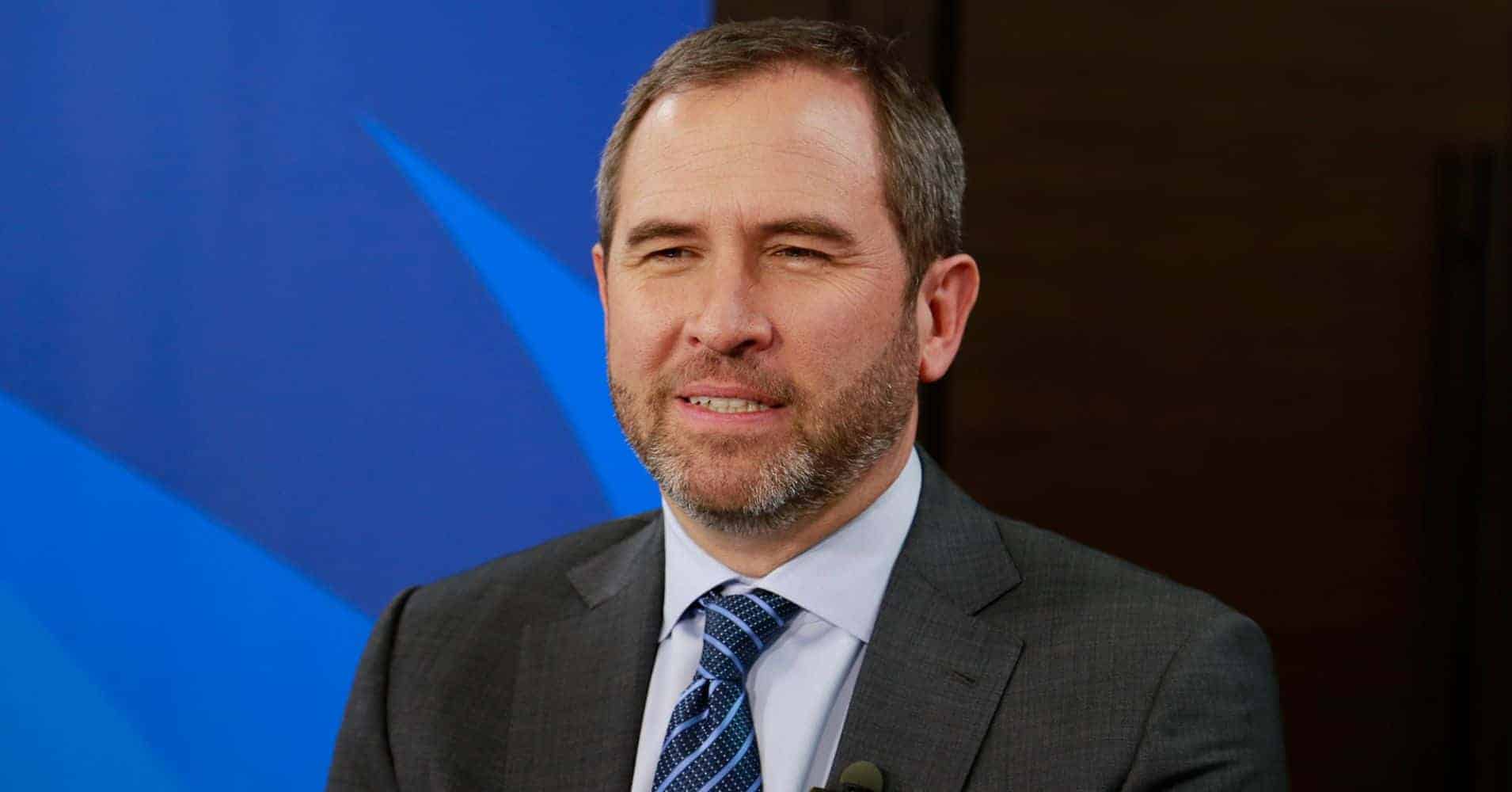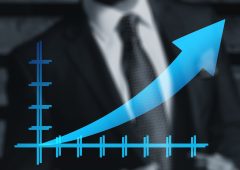Ripple CEO Advocates for Diverse U.S. Digital Asset Reserve
28.01.2025 18:00 2 min. read Alexander Zdravkov
Ripple CEO Brad Garlinghouse has challenged the notion that Bitcoin should dominate discussions of a potential U.S. digital asset reserve.
Instead, he advocates for a reserve that represents a diverse range of cryptocurrencies, reflecting the broader ecosystem.
Garlinghouse, who holds XRP, Bitcoin, and Ethereum among other digital assets, has called for a balanced approach. He argues that a government digital reserve should include multiple cryptocurrencies rather than favoring one asset, ensuring fair representation for the growing digital economy.
The debate gained momentum after President Donald Trump floated the idea of creating a national digital asset reserve during his campaign. While Bitcoin’s dominance and institutional backing make it a top contender, analysts suggest that the reserve’s structure remains uncertain. Current market sentiment suggests only a 17% likelihood of Trump approving the reserve within his first 100 days in office, according to Polymarket data.
Garlinghouse’s comments have sparked varied reactions across the crypto community. Supporters see his vision as inclusive, while critics question Ripple’s motives, accusing the company of offloading pre-mined XRP to retail investors. Others, like Altcoin Daily, have called for more in-depth discussions on the topic, while some XRP enthusiasts voiced frustration over the token’s relative performance compared to Bitcoin.
The U.S. government has yet to confirm which digital assets might be included in a reserve. However, a newly formed working group, comprising members from the SEC, CFTC, and other agencies, is tasked with evaluating the feasibility of the proposal. With regulatory and national security implications at stake, the future of this initiative could significantly impact the crypto landscape.
-
1
Here is Why the Fed May Cut Rates Earlier Than Expected, According to Goldman Sachs
08.07.2025 15:00 2 min. read -
2
What Brian Armstrong’s New Stats Reveal About Institutional Crypto Growth
29.06.2025 15:00 2 min. read -
3
Donald Trump Signs “One Big Beautiful Bill”: How It Can Reshape the Crypto Market
05.07.2025 9:56 2 min. read -
4
Market Odds of a U.S. Recession in 2025 Drop in Half Since May
05.07.2025 18:30 2 min. read -
5
Toncoin Launches UAE Golden Visa Program Through $100,000 Staking Offer
06.07.2025 12:04 2 min. read
U.S. Public Pension Giant Boosts Palantir and Strategy Holdings in Q2
According to a report by Barron’s, the Ohio Public Employees Retirement System (OPERS) made notable adjustments to its portfolio in Q2 2025, significantly increasing exposure to Palantir and Strategy while cutting back on Lyft.
Key Crypto Events to Watch in the Next Months
As crypto markets gain momentum heading into the second half of 2025, a series of pivotal regulatory and macroeconomic events are poised to shape sentiment, liquidity, and price action across the space.
Here is Why Stablecoins Are Booming, According to Tether CEO
In a recent interview with Bankless, Tether CEO Paolo Ardoino shed light on the growing adoption of stablecoins like USDT, linking their rise to global economic instability and shifting generational dynamics.
U.S. Dollar Comes Onchain as GENIUS Act Ushers in Digital Era
In a statement that marks a major policy shift, U.S. Treasury Secretary Scott Bessent confirmed that blockchain technologies will play a central role in the future of American payments, with the U.S. dollar officially moving “onchain.”
-
1
Here is Why the Fed May Cut Rates Earlier Than Expected, According to Goldman Sachs
08.07.2025 15:00 2 min. read -
2
What Brian Armstrong’s New Stats Reveal About Institutional Crypto Growth
29.06.2025 15:00 2 min. read -
3
Donald Trump Signs “One Big Beautiful Bill”: How It Can Reshape the Crypto Market
05.07.2025 9:56 2 min. read -
4
Market Odds of a U.S. Recession in 2025 Drop in Half Since May
05.07.2025 18:30 2 min. read -
5
Toncoin Launches UAE Golden Visa Program Through $100,000 Staking Offer
06.07.2025 12:04 2 min. read


